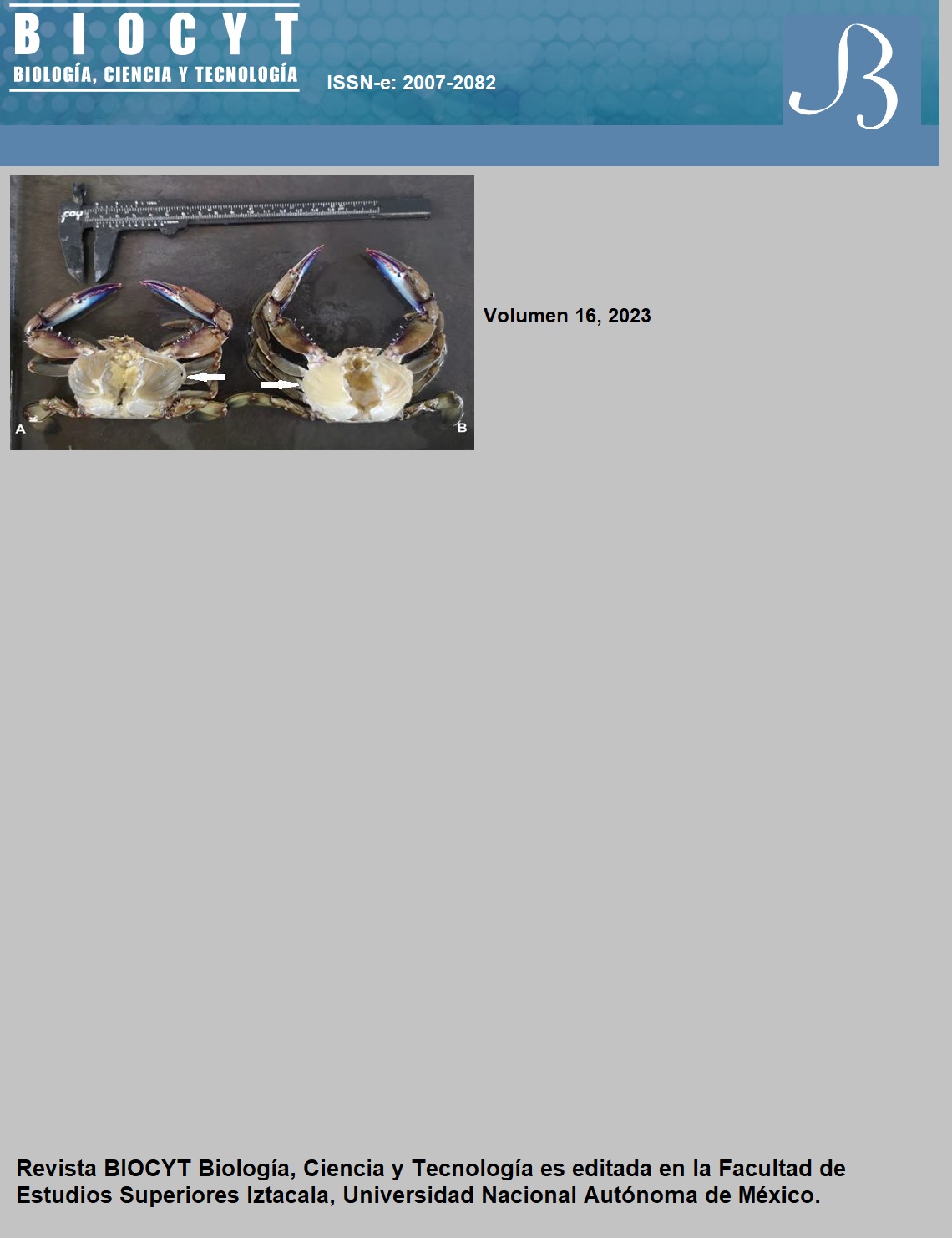The use of unmanned aerial vehicles for wildlife research
Main Article Content
Abstract
In this bibliographic review, I provide an overview of wildlife studies that have been conducted using drones (unmanned aerial vehicles) and the opportunities that exist for their future implementation. Drones are useful for census and population trends, patterns of habitat use, species identification, measurement of individuals, assessing the anthropogenic effect on species and their habitat. Drones have advantages over manned aircraft to conduct wildlife surveys, such as obtaining georeferenced images and videos, safety for the researcher, low cost, and the need for little logistics. However, drones have disadvantages, such as limited flight time and limited distance range, may present a risk when flying near wildlife, it is necessary to take certain measures to implement and comply with the legislation of each country. Through case studies it is demonstrated how the images acquired with drones have great potential to revolutionize the study of wildlife.
